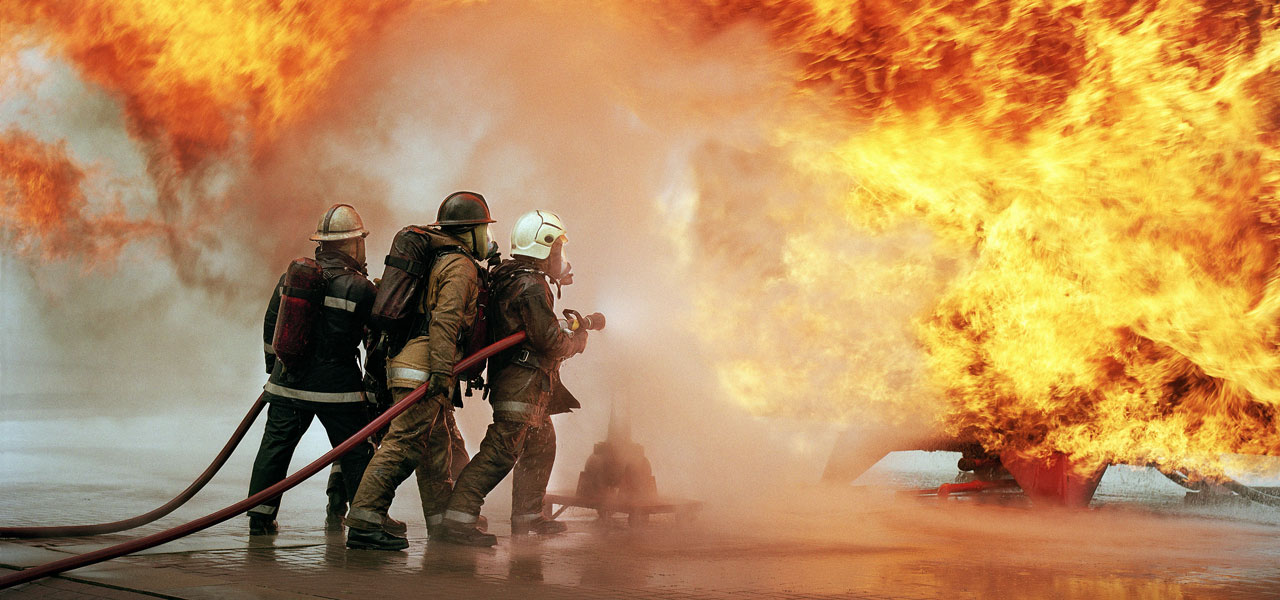December to April is fire season in the Western Cape and according to Working on Fire (WoF), an integrated fire management initiative it is already the worst fire season recorded in seven years. And it is not yet February - which, as it is usually the windiest month of the year, is traditionally the high-alert month.
Almost 99% of all fires are caused by human negligence, they are most caused by electrical faults or carelessness. Cigarettes, matches and lighters, candles, heating appliances and open braai fires can all cause fires if not carefully monitored.
It is not only human error that causes fires. Environmental factors such as changing weather patterns and urban spread increase the risk of fires with the effects and level of damage often being felt more severely. The South-Easter wind coupled with high temperatures make ideal conditions for wild fires to run rampant.
To prevent the loss of lives and property, everyone needs to be aware of the danger of fire during this season. Here are some tips to stay safe:
- Always extinguish fires and safely dispose of hot ash, coal and cigarettes
- Always work in an open, cleared area when working with power tools
- Ensure that your electrical appliances are correctly wired
- Keep the area around your home clear of flammable materials
- Only burn rubbish on cooler, wind-still days, provided you have a burning permit
- Never leave an open fire unattended
- Only use fireworks and Chinese lanterns far from areas prone to fire
- Register with the Fire Protection Association for enhanced security - failure to do so will have a court automatically assume you are guilty of negligence in the event of a liability lawsuit
*Santam is a private sector partner of Working on Fire, which also works to address the causes of runaway fires in South Africa and to help communities to manage fire and to extinguish small fires before they become devastating, all-engulfing blazes. Santam works with Working on Fire to lobby municipalities for safer building regulations, to educate communities on fire hazards and to better understand the specific fire risks of particular industries, communities and regions in South Africa.
